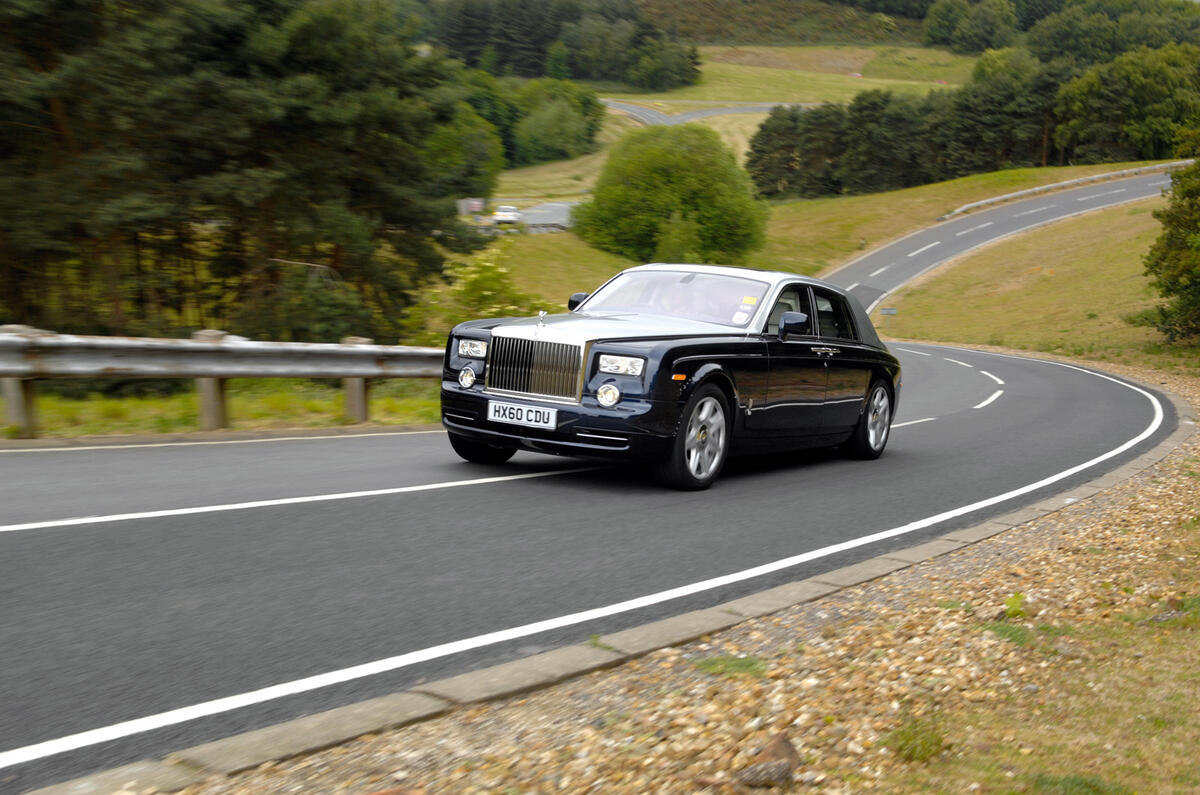When Rolls-Royce built the Rolls-Royce Phantom-based 102EX in 2011, it seemed a very curious project.
No buyer had asked for such a car and no production model was planned. Though we wouldn't know it for another decade, the dual-motor layout would go on to become widely adopted by rivals, and its 71kWh battery would be surprisingly close to the typical capacity of a modern premium EV.
At the time though, an electric Roller seemed like a long way away from being anything other than a proof of concept.
Now the project is very real.
An electric Rolls will be on sale by mid-decade, and it’s certain to demonstrate the extent of EV progress made since 2011.
It’s likely to have a twin-motor, all-wheel drive set-up, rather than the 102EX’s rear drive. Power should comfortably be double that of the 102EX's 390bhp, which was noticeably down on the marque's contemporary V12 (albeit with higher peak torque).
Its lithium ion battery might not weigh much more than the prototype’s 640kg one, but technology advances will boost its capacity well beyond 71kWh, perhaps into the 120kWh region.
This and other measures can be expected to double the cruising range from an unexceptional 124 miles, although Rolls-Royce will doubtless insist its first EV is for short-haul use.
More impressive will be the reduction in charging times. While the 102EX relied on three separate 3kW chargers and needed at least eight hours to fully recharge, the latest EVs support 350kW ultra-rapid charging that could manage the same in half an hour.
But there will be one major similarity between the 102EX and the new production car: super refinement, first described in Autocar as ‘waftability’, will be the top priority.








Join the debate
Add your comment
Being an EV will suit the car, but i doubt it could ever be considered 'green'. 2 factors about Rolls Royces that wont help are the low mileage and long life the cars have. If you dont do many miles will you ever repay the carbon debt from the huge battery? And if the car lives a long time will it not need a replacement battery or 2 during its long life?
I know they have to go EV in the UK by 2030, and forgetting anything about being green it will be silent powerful and that will be very Rolls Royce, but surely for low milage 'specalist' cars like this it would make sense for a dispensation not to go EV for a good while longer?
Batteries don't "age" over time they age by charge cycles with disproportionate aging caused by deep discharge. Thus a low millage but old car would still have a good battery Jay Leno has a 120 yearold electric car on its original battery.
The Rolls-Royce EX was a massive missed oportunity, it would have aligned with RR values, would have sold exceptionally well and would have taught BMW how to engineer an electric car properly.
I remmeber the reviews in this magazine saying if they put it into production as an EV it would envietiably cost 3X what a regular RR cost despite batteries costing a fixed amount per KWh so it would probably be cheaper to make than a regular RR.